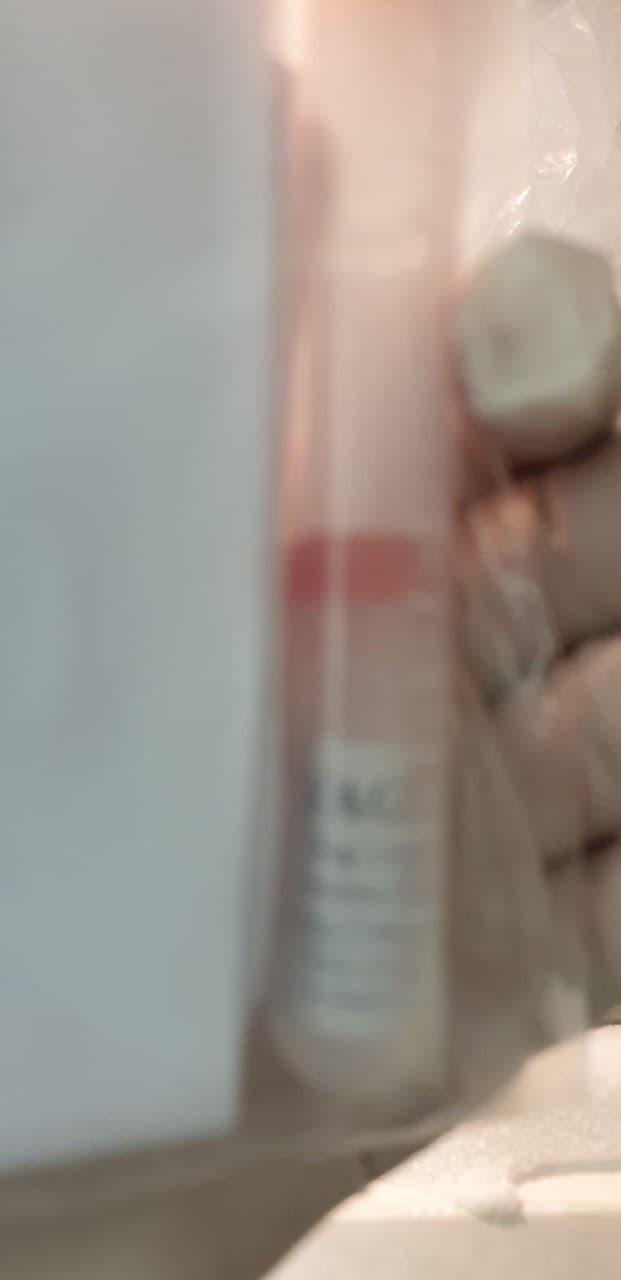Chemical derivatization and amorphization are two doable methods to enhance the solubility and bioavailability of medication, which is a key subject for the pharmaceutical trade. In this contribution, we discover whether or not each methods might be mixed by finding out how small variations within the molecular construction of three associated pharmaceutical compounds have an effect on their crystalline construction and melting level (Tm), the relief dynamics within the amorphous part, and the glass transition temperature (Tg), in addition to the tendency towards recrystallization. Three benzodiazepine derivatives of virtually similar molecular mass and construction (Diazepam, Nordazepam and Tetrazepam) had been chosen as mannequin compounds.
Nordazepam is the one one which shows N-H···O hydrogen bonds each in crystalline and amorphous phases, which ends up in a considerably larger Tm (by 70-80 Ok) and Tg (by 30-40 Ok) in comparison with these of Tetrazepam and Diazepam (which show comparable values of attribute temperatures). The rest dynamics within the amorphous part, as decided experimentally utilizing broadband dielectric spectroscopy, is dominated by a structural rest and a Johari-Goldstein secondary rest, each of which scale with the decreased temperature T/Tg. The kinetic fragility index could be very low and nearly the identical (mp ≈ 32) in all three compounds.
Two extra secondary relaxations are noticed within the glass state: the slower of the 2 has nearly the identical rest time and activation power in all three compounds, and is assigned to the inter-enantiomer conversion dynamics of the versatile diazepine heterocycle between isoenergetic P and M conformations. We tentatively assign the quickest secondary rest, current solely in Diazepam and Tetrazepam, to the inflexible rotation of the fused diazepine-benzene double ring relative to the six-membered carbon ring. Such movement seems to be largely hindered in glassy Nordazepam, presumably because of the presence of the hydrogen bonds.
Supercooled liquid Tetrazepam and Nordazepam are noticed to crystallize into their steady crystalline type with an Avrami exponent near unity indicating unidimensional progress with solely sporadic nucleation, which permits a direct evaluation of the crystal progress price. Despite the very comparable progress mode, the 2 derivatives exhibit very totally different kinetics for a set worth of the decreased temperature and thus of the structural rest time, with Nordazepam displaying slower progress kinetics.
Diazepam doesn’t as a substitute show any tendency towards recrystallization over quick durations of time (even near Tm). Both these observations in three very comparable diazepine derivatives present direct proof that the kinetics of recrystallization of amorphous prescribed drugs shouldn’t be a common perform, no less than within the supercooled liquid part, of the structural or the conformational rest dynamics, and it isn’t merely correlated with associated parameters such because the kinetic fragility or activation barrier of the structural rest. Only the crystal progress price, and not the nucleation price, exhibits a correlation with the presence or absence of hydrogen bonding.
Searching for situations of protein self-assembly by protein crystallization screening technique
The self-assembly of biomacromolecules is a particularly vital course of. It is doubtlessly helpful within the fields of life science and supplies science. To perform the examine on the self-assembly of proteins, it’s essential to seek out out the acceptable self-assembly situations, which have all the time been a difficult activity in follow. Inspired by the screening approach within the subject of protein crystallization, we proposed utilizing the identical screening approach for in search of appropriate protein self-assembly situations. Based on this consideration, we chosen 5 proteins (β-lactoglobulin, hemoglobin, pepsin, lysozyme, α-chymotrypsinogen (II) A) along with 5 screening kits (IndexTM, BML, Morpheus, JCSG, PEG/Ion ScreenTM) to research the efficiency of these crystallization screening methods with a view to uncover new optimized situations of protein self-assembly.
The screens had been all stored at 293 Ok for sure days, and had been analyzed utilizing optical microscope, scanning electron microscope, transmission electron microscope, atomic pressure microscope, fluorescence microscope, and atomic absorption spectroscope. The outcomes demonstrated that the tactic of protein crystallization screening might be efficiently utilized within the screening of self-assembly situations. This technique is quick, excessive throughput, and simply carried out in an automatic system, with a low protein consumption function.
These outcomes prompt that such technique might be utilized to discovering new situations or types in routine analysis of protein self-assembly. KEY POINTS: • Protein crystallization screening technique is efficiently utilized within the screening of self-assembly situations. • This screening technique might be utilized on numerous varieties of proteins and possess a function of low protein consumption. • This screening technique is quick, excessive throughput, and simply carried out in an automatic system.

Effect of Freeze Crystallization on Quality Properties of Two Endemic Patagonian Berries Juices: Murta ( Ugni molinae) and Arrayan ( Luma apiculata)
This work studied the results of centrifugal block freeze crystallization (CBFC) on physicochemical parameters, complete phenolic compound content material (TPCC), antioxidant exercise (AA), and course of parameters utilized to recent murta and arrayan juices. In the final cycle, for recent murta and arrayan juices, the overall soluble solids (TSS) confirmed values near 48 and 54 Brix, and TPCC exhibited values of roughly 20 and 66 mg gallic acid equivalents/100 grams dry matter (d.m.) for complete polyphenol content material, 13 and 25 mg cyanidin-3-glucoside equivalents/100 grams d.m. for complete anthocyanin content material, and 9 and 17 mg quercetin equivalents/100 grams d.m. for complete flavonoid content material, respectively.
[Linking template=”default” type=”products” search=”Protein Crystallization Strategies for Structural Genomics” header=”2″ limit=”143″ start=”1″ showCatalogNumber=”true” showSize=”true” showSupplier=”true” showPrice=”true” showDescription=”true” showAdditionalInformation=”true” showImage=”true” showSchemaMarkup=”true” imageWidth=”” imageHeight=””]
Moreover, the TPCC retention indicated values over 78% for murta juice, and 82% for arrayan juice. Similarly, the AA offered a rise over 2.1 occasions in relation to the correspondent preliminary AA worth. Thus, the method parameters values had been between 69% and 85% for effectivity, 70% and 88% for share of focus, and 0.72% and 0.88 (kg solutes/kg preliminary solutes) for solute yield. Therefore, this work gives perception about CBFC on helpful properties in recent Patagonian berries juices, for future functions in well being and industrial scale.

